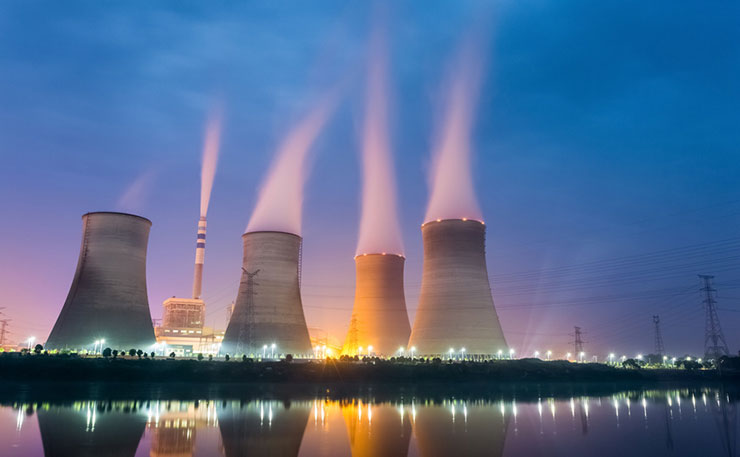The dangers of nuclear waste in Australia have been greatly exaggerated, writes Geoff Russell.
I’ve already written one short piece on the Nuclear Royal Commission “Tentative Findings”. But I missed something really important.
The Commission rejected the fear mongering of the anti-nuclear movement… that’s clear in clauses 38 to 42 of the report, and in various media comments from Commissioner Scarce.
But, and this is a but that looks big in any jeans, when the Commission deals with nuclear waste, it follows the anti-nuclear script to the letter by stoking exactly the kind of fear mongering it has rejected.
How so?
The Tentative Findings has a section on high-level waste with a heading “What are the risks”. You’d think this would describe the risks; but it doesn’t.
Suppose I wrote a paper about the risks of solar panels on roofs. What are risks? Everybody knows these. Installers or cleaners can fall off roofs or ladders and break legs, arms, backs, necks… become quadriplegic, live out their life in a coma.
The truck delivering the panels can run over a mother with a pram… etc. All these are real possibilities which can be quantified; but few know the risks associated with nuclear waste and so their imagination runs wild.
That mislabelled section should inform; but doesn’t. It says the spent fuel requires isolation from the environment for hundreds of thousands of years … really? Or what?
It’s the “or what” that is analogous to falling off the roof. It’s the “or what” that is missing.
A useful description of risk has two things: what might happen and how likely is it to happen. Without those you have nothing. The Tentative Findings have nothing.
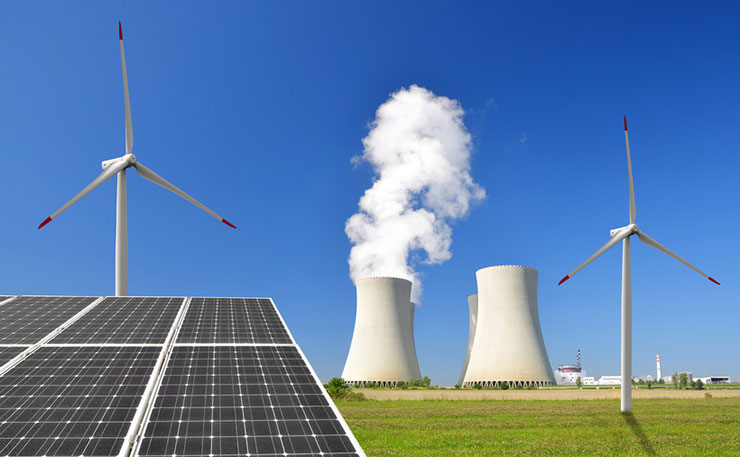
Anti-nuclear fear thrives precisely because nobody knows how absolutely trivial the actual risks from a nuclear waste repository are compared to really dangerous things, like eating bacon or crawling around on roofs and using ladders.
The Australian Conservation Foundation, Friends of the Earth and The Conservation Council of SA managed to make a 315-page submission to the Royal Commission. Like the Tentative Findings it has a section on risk with a similarly misleading title: “Hazards associated with high level nuclear waste”. And, exactly like the Royal Commission, it fails to give a single “Or what”.
So let me give you a small sample of Or Whats.
Consider the proposed, but currently moth balled, US Yucca Mountain waste repository. Have a look at the Environmental Impact Statement. It describes the risks in excruciating detail.
Suppose for example, somebody in 30,000 years time drilled into the repository. This would effectively breach the seal and allow a slow release of material. Sound like a big deal? The scenario was studied in detail and guess what kind of radiation dose people in an 80 kilometer radius would eventually get?
About 0.02 micro Sieverts per year… that’s 1/5000th of a chest x-ray (~100 micro Sieverts).
And how about a 9/11 style attack (or accident) where somebody flew a large, fully-loaded passenger plane into the facility before it was closed up; when there were plenty of casks of waste waiting around for burial.
The radiation risk? 0.039 of what they call a latent cancer in that same area.
They expect a population of 104,000 in 2035 in that area and some 32,000 of these people will get cancer anyway. Mostly from normal things like… booze, bellies, fags, red meat, sausages and being inactive.
So is another 0.039 cancers on top of 32,000 enough to make you scared? It appears to be enough to make our three environment groups duck and cover.
I should say something about the methods by which that 0.039 latent cancers figure was derived. It’s not a real risk – like that from eating bacon – but relies on the concept of a population effective radiation dose which is sometimes useful for comparing radiation scenarios but useless for determining absolute risk.
In contrast, the real risks of having an aircraft smash into the facility are obvious and about the same as having an aircraft smash into any other facility, like a hotel or factory; namely that the people on-board and in the immediate vicinity will be in serious trouble.
But the risks that frighten – those boogeyman radiation tales that Hollywood loves – they are trivial.
Here’s a graph from a 2007 Supplementary Yucca Repository EIS document. Don’t panic, I’ll explain below.
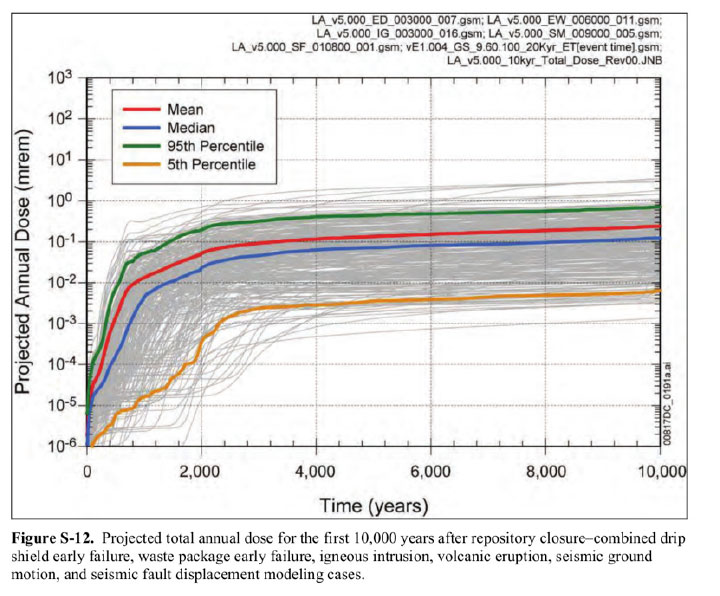
This is from modelling of the annual radiation dose in the area around the site (again, about 80 km radius) in the event of an unlikely combination of every kind of worst case failure: early waste package failure, volcanic eruption, ground motion, drip shield failure and so on.
Focus on the green line. It’s the worst case estimate of the worst case scenario.
It slowly rises over thousands of years and by about 10,000 years approaches, but doesn’t reach, a level in millirems marked with a 10 and a superscript zero … this is just 10 raised to the zeroth power, which is just 1.
What’s a millirem? A unit nobody except the Americans use any more. And 1 millirem is 10 micro Sieverts; which is 1/10th of a chest X-ray per year.
In summary, the risk in the worst case doesn’t even amount to a chest x-ray’s worth of radiation per decade. Again, this is totally trivial compared to serious cancer risk like a beef, bacon or boozing.
Now you understand why ACF, FOE and CCSA “forgot” to mention these “Or what” scenarios.
But Yucca is a properly designed repository, let’s consider what might happen when you do things really badly.
A couple of weeks back New Scientist ran a story about some nuclear waste in Germany that’s down the bottom of a very deep salt mine. Various anti-nuclear groups want the Government to spend billions of dollars getting it out.
Again, there isn’t a single mention of an “Or what”, it’s just assumed to be a serious problem.
It isn’t.
It took me some time to find a scientific paper (in English!) which actually considered what might happen. In 2009, a study modelled what could happen to this waste over a 6,000 year period. As I said, we aren’t talking about nuclear waste stored properly as envisaged by the Royal Commission, but about drums stuck down a salt mine in the 1970s.
They will leak in the near future and the site isn’t ideal.
So what will happen? Should Germany really spend a billion dollars… or what? Is it the end of civilisation?
The study found that in the worst case a plume of radioactive material could rise to within 240 meters of the surface. And how radioactive would this plume be? About 1 becquerel per litre of water.
How radioactive is that? Far less radioactive than a similar sized plume of bananas.
So the answer to “Or What?” question is… nothing.
The failure to specify what actually could happen leaves people free to use their imagination and decades of anti-nuclear fear mongering has primed people to imagine deformed babies, cancer clusters, giant monster cockroaches and the end of civilisation as we know it.
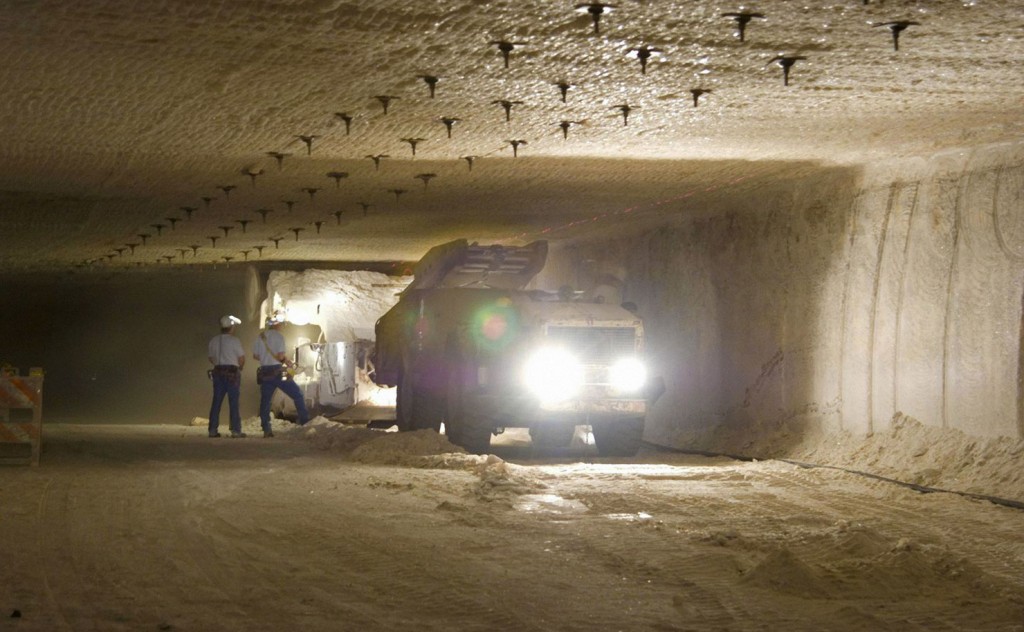
Now let’s compare this waste problem with that of our current major electricity source – coal. This is our major source of electricity precisely because the anti-nuclear movement was so successful in the 80s in simultaneously blocking nuclear expansion while driving up prices.
Every year, a one megawatt coal fired power station produces about 192,000 tonnes of flyash and even more sludge. The flyash used to be just spewed into the atmosphere, but these days up to 99 percent can be caught by an electrostatic process, meaning that only 1,920 tonnes are spewed out into the atmosphere annually.
The remainder of the flyash and all of the slag sits around in vast ponds, or is buried where it may contaminate ground water. Depending on the coal source, it may contain traces of arsenic, cobalt, boron or mercury and uranium; to name but a few.
These elements are toxic and stay toxic forever… meaning much longer than millions of years.
For 30 years, all of Australia’s major environmental groups have preferred coal to nuclear and I’ve never once heard anybody ever ask: “But what about the waste?”
The German Greens are the same – the Germans are building new coal plants and closing nuclear plants.
Nobody gives Yucca levels of attention to the coal waste problem, but it’s far bigger. The extensive and expensive Yucca studies are just part of a family of let’s-make-nuclear-power-expensive strategies that have always been the anti-nuclear stock in trade.
Is ACF concerned about keeping flyash coal waste isolated for millions of years? Not at all.
ACF workers sit around tables made with the stuff in the ACF Office in Melbourne! The irony is extreme given that the Chinese have a process for extracting uranium from flyash, so perhaps when the ACF feel the need for new furniture, they can sell the old stuff to China where it can be used to power a (very tiny!) nuclear plant.
The safety standards for nuclear waste repositories like Yucca are extreme. No other industry on the planet is forced to over-engineer to this degree.
We allow meat and dairy producers to cause thousands of cancers annually along with food poisoning, while also polluting waterways, creating ocean dead zones, and doing the lion’s share of destruction of the Great Barrier Reef… (here and here).
Is ACF or FOE concerned about this? The livestock industry is a major source of funding for both so it isn’t surprising that they give Australia’s greatest source of climate warming (the meat industry) a free ride while going ballistic over nuclear power.
But the waste standards have never really been about safety, but about driving the costs of nuclear power up and up and up. That’s the game, and the response of the nuclear industry has been to play along.
Appeasement has been the name of the game. Probably because, like most people, many in the industry have no idea about cancer and its causes either. Many in the nuclear industry may well believe the rhetoric of the anti-nuclear movement.
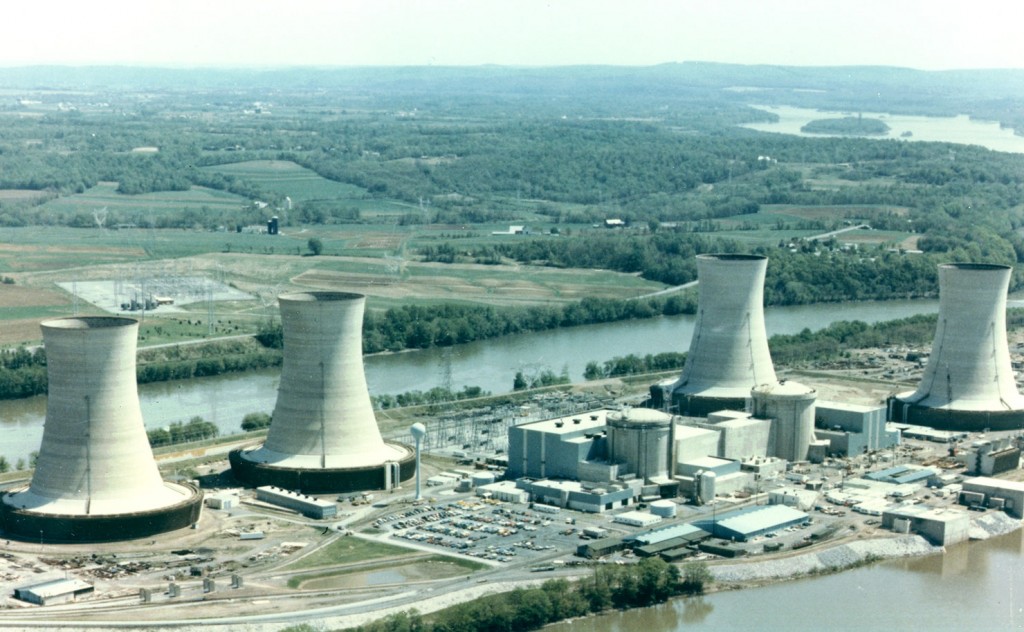
In any event, safety can be extraordinarily profitable, so in some respects it’s been a win-win situation. The industry survives, even if it doesn’t thrive and the anti-nuclear movement enjoys the power-rush of bringing big business to heel.
But crippling the only serious competition the fossil fuel industry has ever faced has accelerated our adverse impact on the planet.
A nuclear plant typically produces about 30 tonnes of spent fuel rod waste annually and it definitely needs careful handling, but people have known how to do this for decades, just like they’ve known how to fly planes and run aluminium smelters and build earthquake-proof high rise buildings.
Taipei 101 is on a fault zone, and if I were in Taipei during a big quake, it’s definitely where I’d want to be. Digging big holes in good places and burying stuff isn’t that hard.
But a proposal for South Australia to set up a waste repository to take spent fuel rods from many countries has put environmental groups into anti-nuclear campaign mode and wheeling out the same fatuous mumbo jumbo they’ve been pedalling for decades.
I said in my last piece that I don’t think any of this spent fuel rod waste will ever be buried, but if I’m wrong and it is buried… so what?
The Or whats are trivial and of much less concern than bacon, bellies, booze or a rapidly warming planet.
Donate To New Matilda
New Matilda is a small, independent media outlet. We survive through reader contributions, and never losing a lawsuit. If you got something from this article, giving something back helps us to continue speaking truth to power. Every little bit counts.

